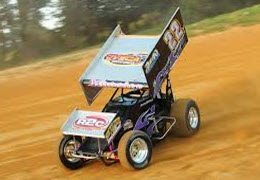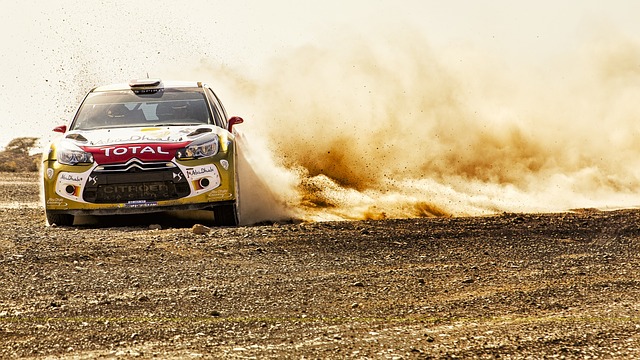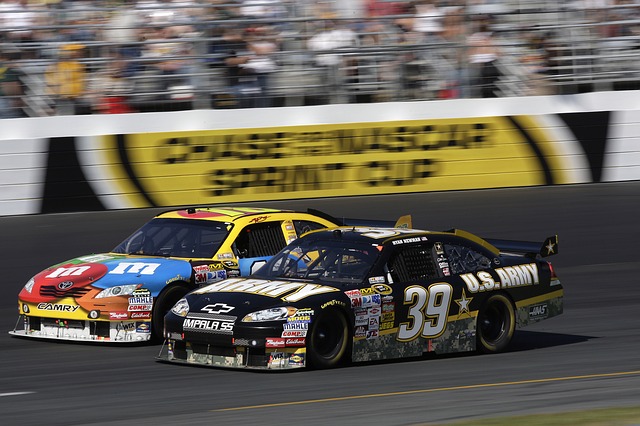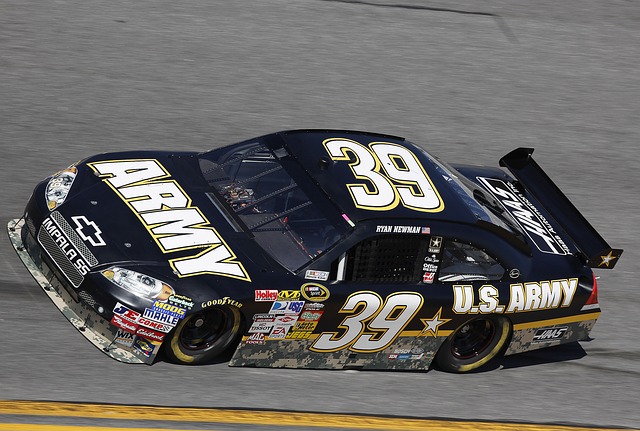Winged Sprint cars are preferred due to the advantages they offer, but as most advantages, these modifications are also have their disadvantages. Jim Cushman was the creator and the first driver of the first winged car in 1958. The cars raced at Columbus motor speedway in Ohio. Not long after many other race drivers still the benefit of this modification and applied it to their cars. By the early 1970’s most sprint race cars used a wing to increase safety and improve various other aspects for a better rating experience.
Design
Since these cars are raced on a oval track, a number of different aspects have been included in the design of the wing. Looking at a car from the front, you will find the inner side of the wing points up and the other side points down. This design helps the driver to have more control during the corners. Since the corners all go to the left, it’s easy to modify the wing in this way for a better turning experience. Furthermore, the wing sides also provide more grip and control during the corner.
Overall Benefit
With any form of racing that allows the cars to be winged, high speed usually plays a big role with the type of racing. With cars reaching high speeds, the possibility of becoming airborne is a major concern. Wings are designed to create down force and prevent or reduce the possibility of the car of lifting of the track at high speeds.

The wing only works above a certain speed as enough airflow is required to perform down force. This will also depend on the angle of the wing and its design, which is determined by the type of racing and the speeds achieved. With sprint cars a wide variety of different when designs are required as some races take place on a smooth tarmac track and others take place on gravel. This means different amounts of down force is needed to provide the best benefits for the track while offering control to the driver.
Safety
Winged cars offer a great benefits when it comes to safety of the driver. Unfortunately, the wings do not have the ability to completely prevent the car from going airborne, but reduces the chances drastically. In the event of the car going airborne, the wings provide more safety for the driver as they are most likely to break off on impact, reducing the amount of impact the rest of the car suffers. The wings are also easy to place, allowing the race team to get the car back on the track before the race resumes.
Disadvantages
The only major disadvantage that the wing offers is or a lower top speed. Because the wing creates down force, it pushes the car down on the ground, meaning the engine needs to work harder to move the car at higher speeds. However, with all the added benefits the wing provides, a small drop in top speed is a small price to pay. These cars are also highly powered, meaning the driver will barely notice the difference in the speed achieved.


